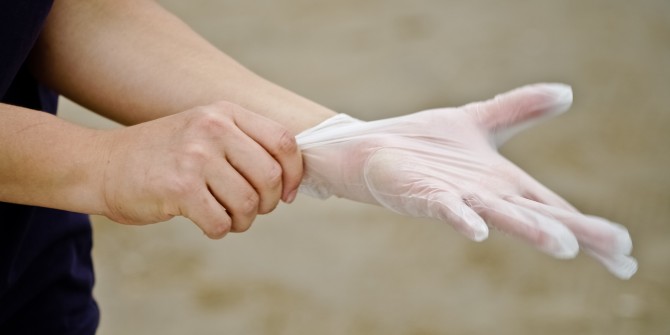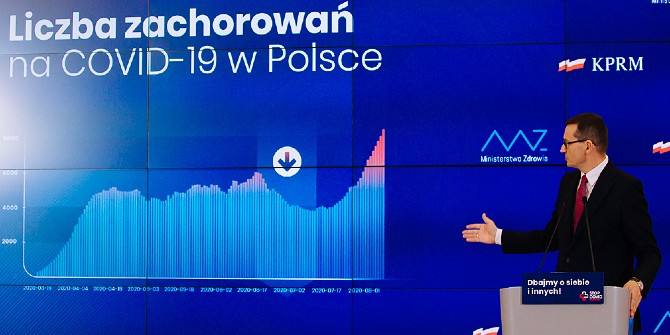Most pupils missed over half of their expected days in the classroom during the pandemic, write Lee Elliot Major, Andrew Eyles and Stephen Machin (LSE). Children in Scotland and Wales lost even more learning than those in England. Meanwhile, absences due to self-isolation are rising and official figures show that attendance on 1 July in state-funded schools in England was down to 83.4%. Should schools let pupils repeat a year, or extend the school day?
Disruption to schooling between March 2020 and April 2021 was unprecedented in its scale, with most pupils missing over half of their expected days in the classroom. In a new CEP paper, we considered the education loss due to these closures – firstly by assessing school opening and closure dates, secondly by documenting official school attendance figures, and thirdly using data on daily learning rates (combining home and classroom learning) reported by parents across the nations of the UK in Understanding Society.
Based on the nations’ attendance policies, the following maximum number of classroom days were lost over one calendar year: 110 days (England); 119 days (Northern Ireland); 119 days (Scotland); 124 days (Wales). These compare to a full year during normal times of 190 classroom days. The term dates used are those for the majority of schools in each of the nations and so the calculations of classroom days missed apply to the majority of pupils. Pupils in particular year groups prioritised for earlier returns will have missed fewer classroom days – for example Reception, Year 1 and Year 6 in primary schools; Year 11 and Year 13 in secondary schools; and vulnerable pupils and pupils of key workers.
Considering learning undertaken both at home and in the classroom, pupils on average lost around a third of the learning they would have benefited from if the pandemic had not happened. On average, pupils in England lost 61 days of schooling. Larger average losses occurred in Scotland (64 days) and Wales (66 days), while pupils in Northern Ireland also lost 61 days. These losses raise significant concerns about scarring effects in the future.
Just over half of adults support extending the school day, and around seven in 10 say pupils should be allowed to repeat a year
Using a series of counterfactual scenarios, we found that losses were higher in Scotland and Wales both because of variations in learning loss at home, and due to education policy differences. These relate to both historical differences in term times, and from specific policy choices during the pandemic concerning school attendance. Both Wales and England relaxed restrictions on attendance as the 2019-20 school year drew to a close by allowing those in primary school and years 10 and 12 to return (England) as well as allowing pupils to return on a partial basis (Wales). Neither Northern Ireland or Scotland relaxed restrictions between 23 March and the start of the new academic year.

In all four nations, pupils from the poorest homes experienced higher learning loss. But there are also differences between nations by family income. During the 2021 school closures, in particular, the poorest pupils in England experienced lower learning loss than the most affluent pupils in in Scotland, Wales, and Northern Ireland. The early return to school of English pupils in the second round of school closures in spring 2021 is a key factor in this.
Existing research shows that even a few days extra learning loss can have a large impact on education achievement and life outcomes, and these big losses of around 60-65 days are much bigger than those typically studied. Several studies have confirmed that learning losses suffered during the pandemic are manifested in stark gaps in attainment between children from poorer backgrounds and their more privileged counterparts. Our own estimates suggest a likely consequence to be significant decline in social mobility levels for younger generations.
Rapidly rising absences in schools in June 2021 once again prompt discussion about credible policies that could address the loss of learning during the pandemic. Survey responses show that just over half (53 percent) of 10,000 adults support extending the school day. Around seven in ten respondents in England, Scotland and Wales support allowing greater flexibility for pupils to repeat a whole school year, and 58% in Northern Ireland.
This post represents the views of the authors and not those of the COVID-19 blog, nor LSE. It is an edited extract from Learning loss since lockdown: variation across the home nations, part of the Centre for Economic Performance’s COVID-19 Analysis Series.






1 Comments